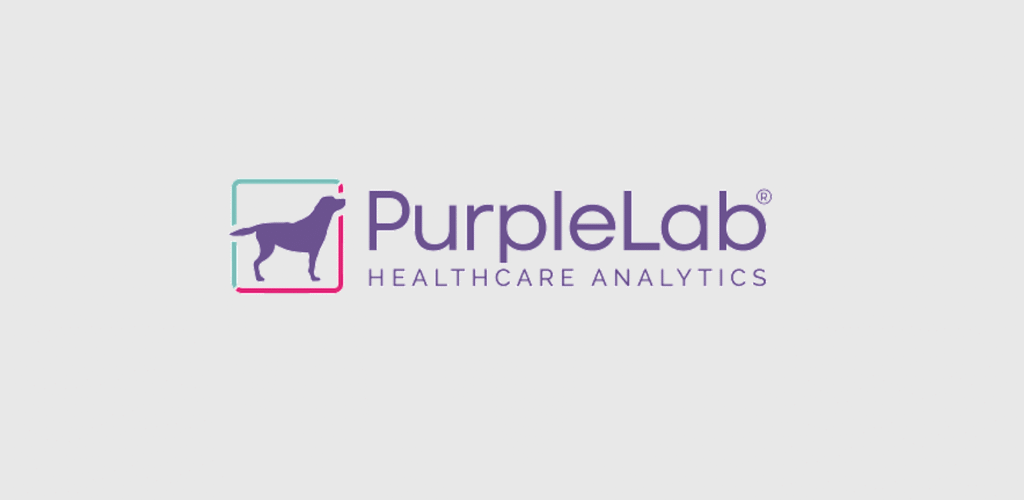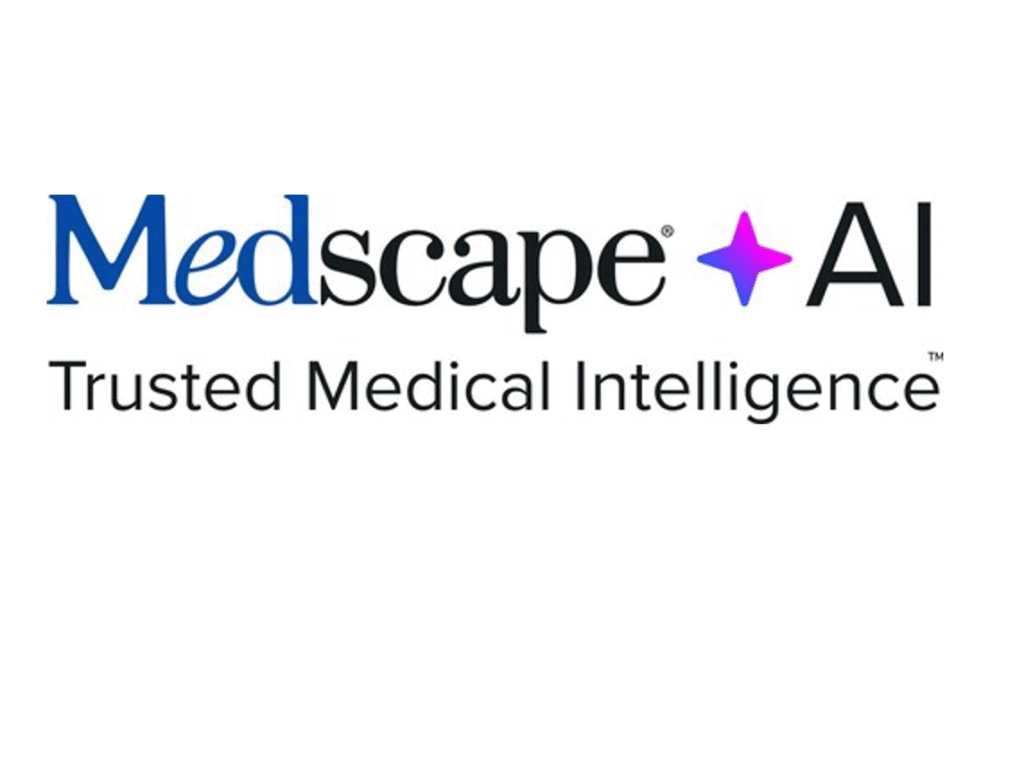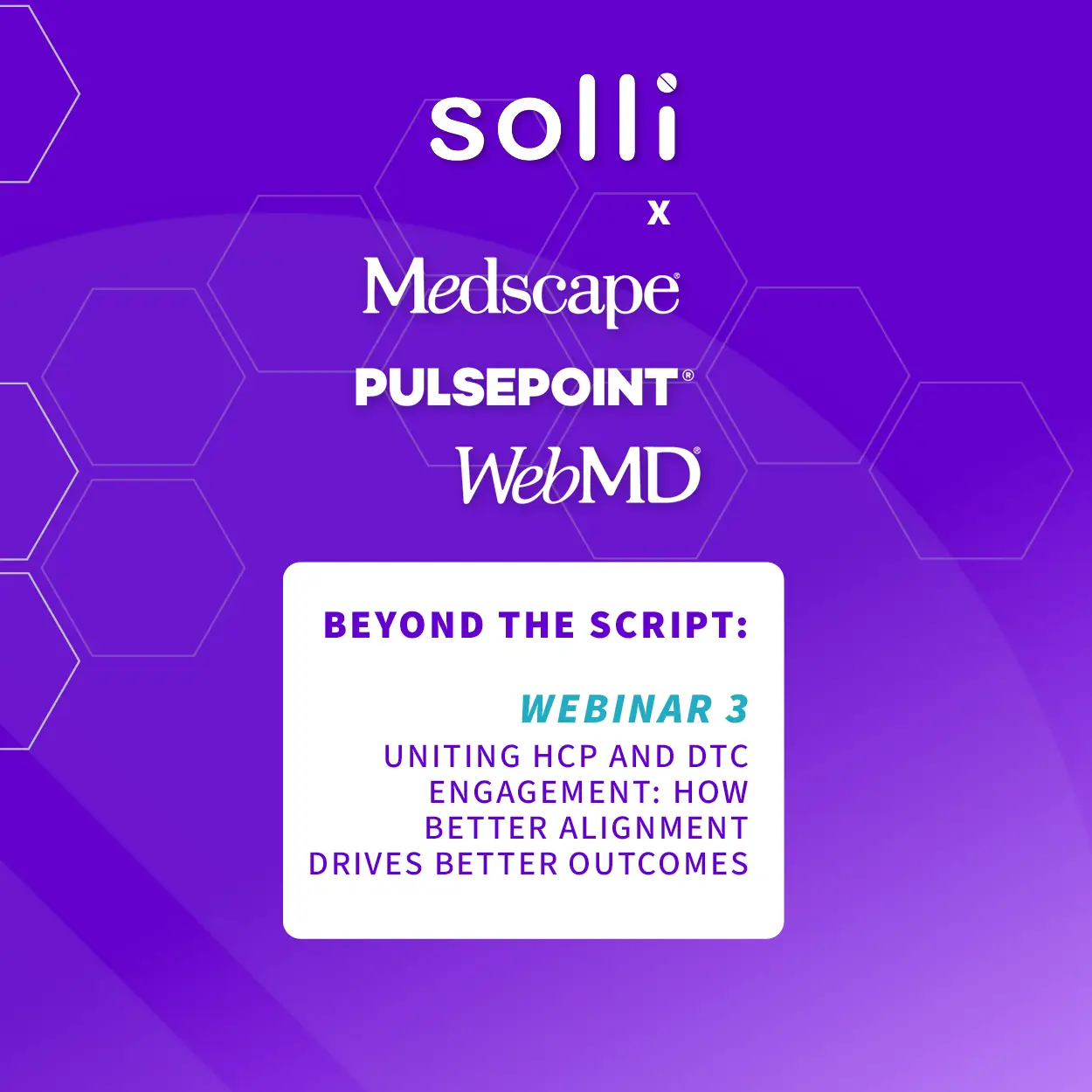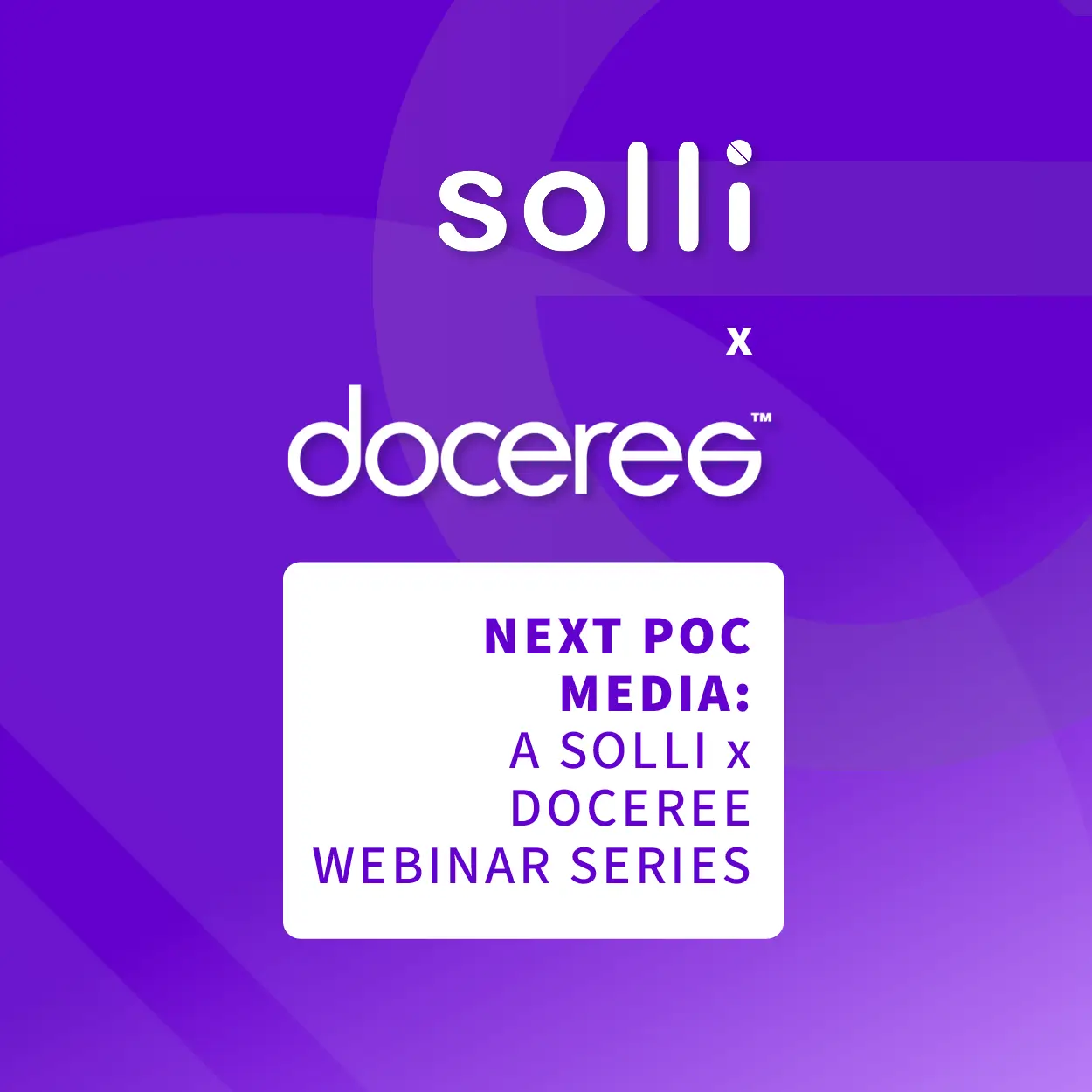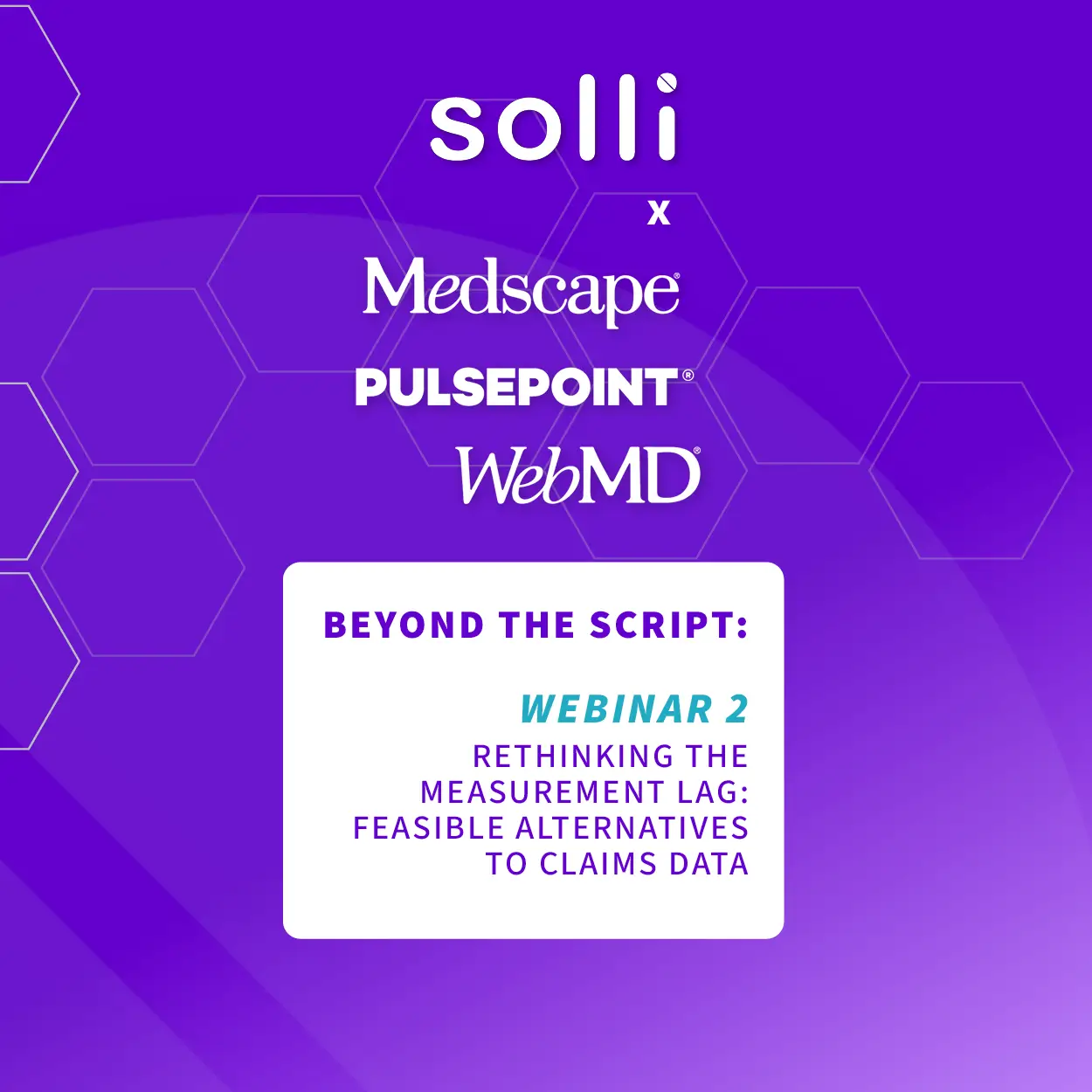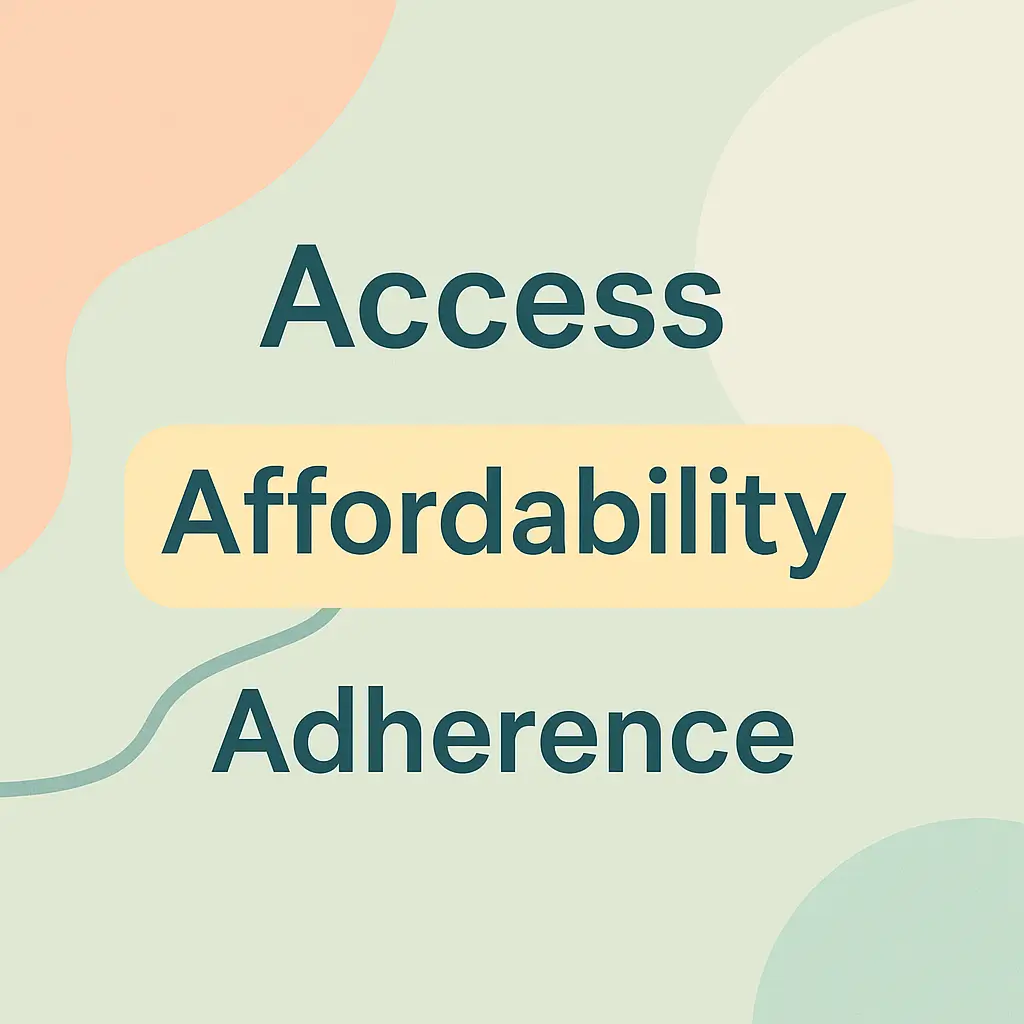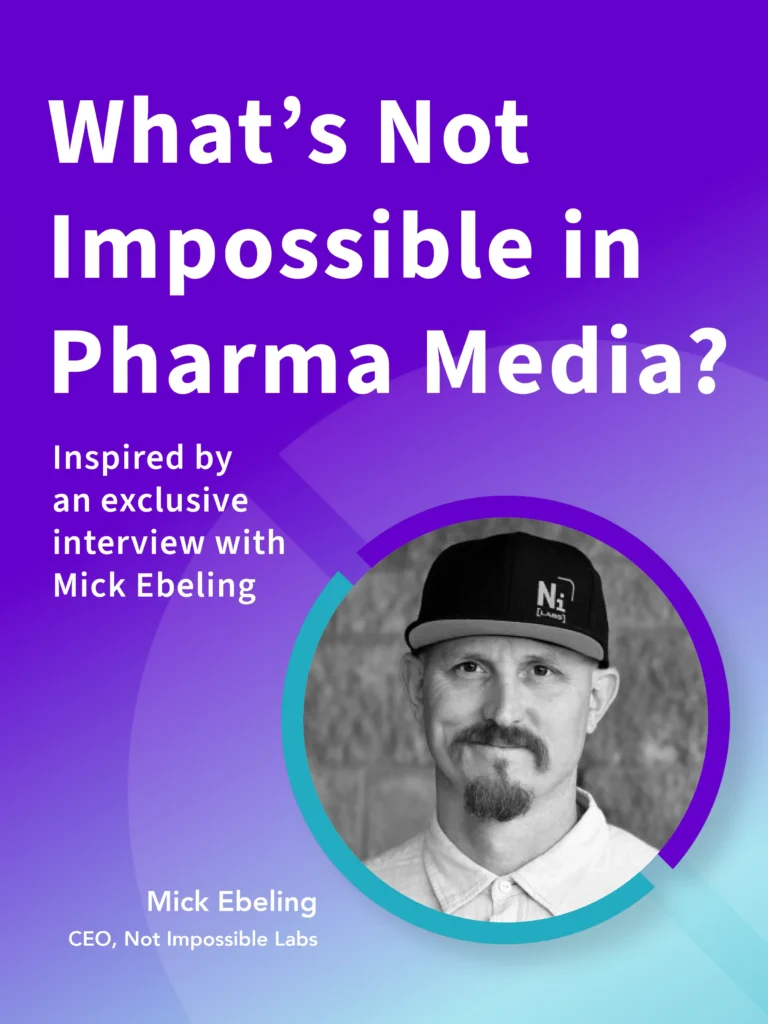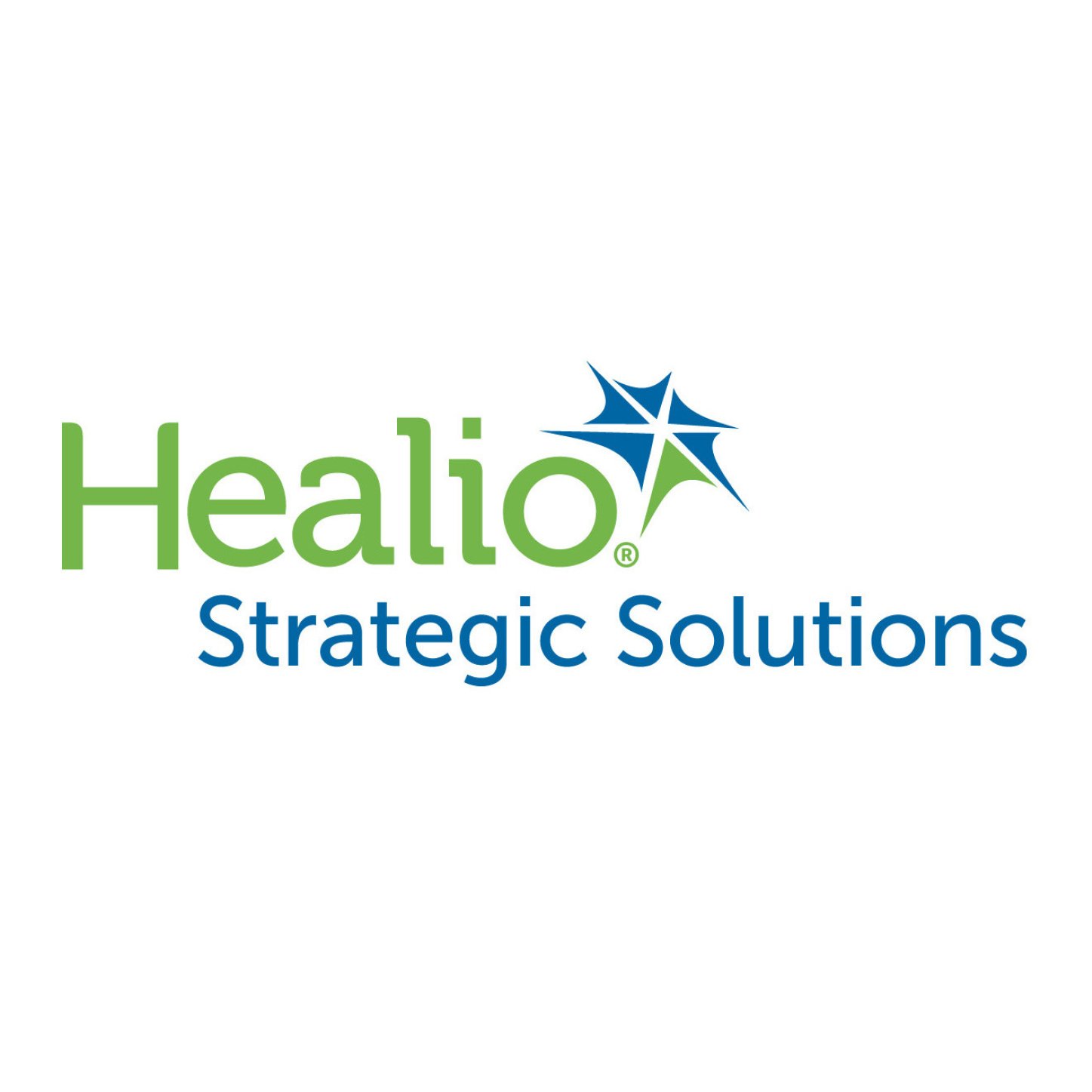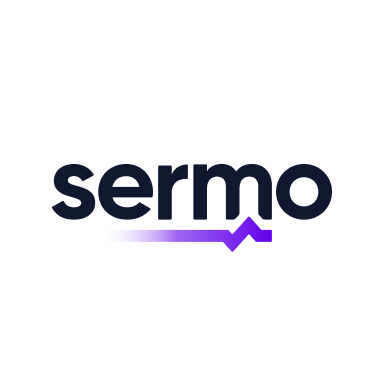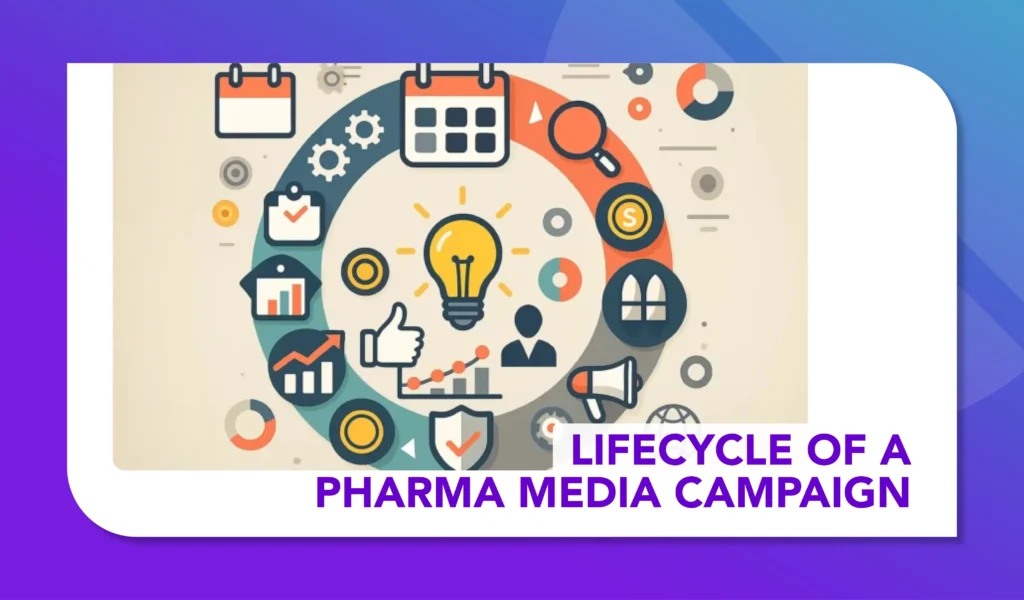Agency Remuneration Reset: Insights from the WFA-MediaSense Report
Evolving remuneration models to align with performance, technology, and accountability
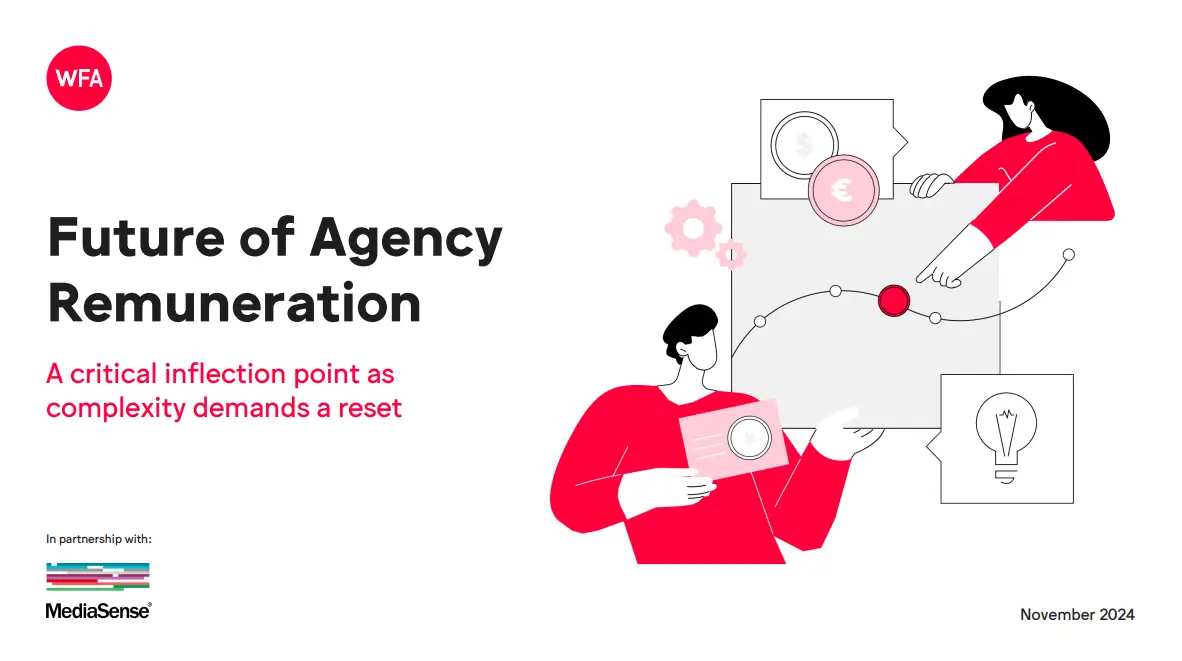
The “Future of Agency Remuneration” report by WFA and MediaSense offers an exploration of the evolving compensation models shaping agency-advertiser relationships. With the proliferation of media channels, advancements in AI, and increasing demands for accountability, both parties face critical decisions about how to structure remuneration in a way that incentivizes innovation while ensuring fairness and transparency.
For pharmaceutical media professionals, the findings resonate deeply. As the industry navigates similar complexities in managing performance metrics, leveraging cutting-edge technology, and ensuring ROI, this report provides actionable insights into shaping sustainable, future-proof relationships.
The Rise of Hybrid Models: Flexibility Meets Performance
Advertisers are increasingly adopting hybrid remuneration models that blend commission-based, labor-based, and performance-driven structures. This approach offers flexibility, enabling advertisers to navigate fluctuating media budgets while incentivizing outcomes aligned with business goals. Labor-based fees, for example, secure access to skilled talent, ensuring the resources necessary for high-quality execution. Meanwhile, performance-based fees align agency incentives with measurable success, driving accountability and results.
For pharmaceutical advertisers, where compliance demands and complex campaign requirements are the norm, securing top-tier talent is essential. A labor-based model can provide...
Sign up for full access – it’s 100% free!
Create your FREE account to continue reading and explore more expert insights on Pharma Media.
✅ Free. Fast. No commitment.

